Methods
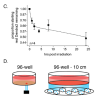 Our lab uses a novel system for high-throughput screening of protein degradation in the cell. Instead of relying on the cumbersome method of radiolabeling, cycloheximide treatment, and Western blotting, we utilize photoconvertible fluorescent
Our lab uses a novel system for high-throughput screening of protein degradation in the cell. Instead of relying on the cumbersome method of radiolabeling, cycloheximide treatment, and Western blotting, we utilize photoconvertible fluorescent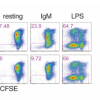 Flow cytometry is an incredibly powerful method of single-cell analysis capable of recording 6 logs of fluorescence intensity of up to 12 different colors, with up to millions of cells per sample. Our lab uses flow cytometry for phenotyping of
Flow cytometry is an incredibly powerful method of single-cell analysis capable of recording 6 logs of fluorescence intensity of up to 12 different colors, with up to millions of cells per sample. Our lab uses flow cytometry for phenotyping of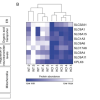 Global proteomics is the method by which the entire proteome of a sample (tissues, cells, or even subcellular fractions) is identified and quantified. This highly technical method is used by our laboratory to determine the global effects of proteome
Global proteomics is the method by which the entire proteome of a sample (tissues, cells, or even subcellular fractions) is identified and quantified. This highly technical method is used by our laboratory to determine the global effects of proteome We use the method of ‘Gibson cloning’ to generate all of our constructs for a variety of projects in the laboratory. This allows us to rapidly generate panels of genes for straightforward insertion into standardized vector backbones. Constructs
We use the method of ‘Gibson cloning’ to generate all of our constructs for a variety of projects in the laboratory. This allows us to rapidly generate panels of genes for straightforward insertion into standardized vector backbones. Constructs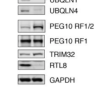 As a biochemistry lab, we use many advanced biochemical and cell biological methods to understand protein homeostasis including quantitative Western blotting with dual-color fluorescence, immunoprecipitation of protein and co-immunoprecipitation (
As a biochemistry lab, we use many advanced biochemical and cell biological methods to understand protein homeostasis including quantitative Western blotting with dual-color fluorescence, immunoprecipitation of protein and co-immunoprecipitation (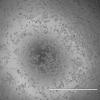 The proteome changes significantly depending on the cell type being observed, which can significantly influence our results. Our lab uses a variety of cell culture systems, including human ES cells and murine primary cells, to understand how the
The proteome changes significantly depending on the cell type being observed, which can significantly influence our results. Our lab uses a variety of cell culture systems, including human ES cells and murine primary cells, to understand how the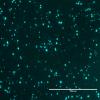 The JSCBB houses the Biofrontiers Advanced Light Microscopy core, which has microscopes capable of confocal microscopy, live cell imaging, and super-resolution microscopy. Paired with our high-throughput protein degradation assay, advanced
The JSCBB houses the Biofrontiers Advanced Light Microscopy core, which has microscopes capable of confocal microscopy, live cell imaging, and super-resolution microscopy. Paired with our high-throughput protein degradation assay, advanced

